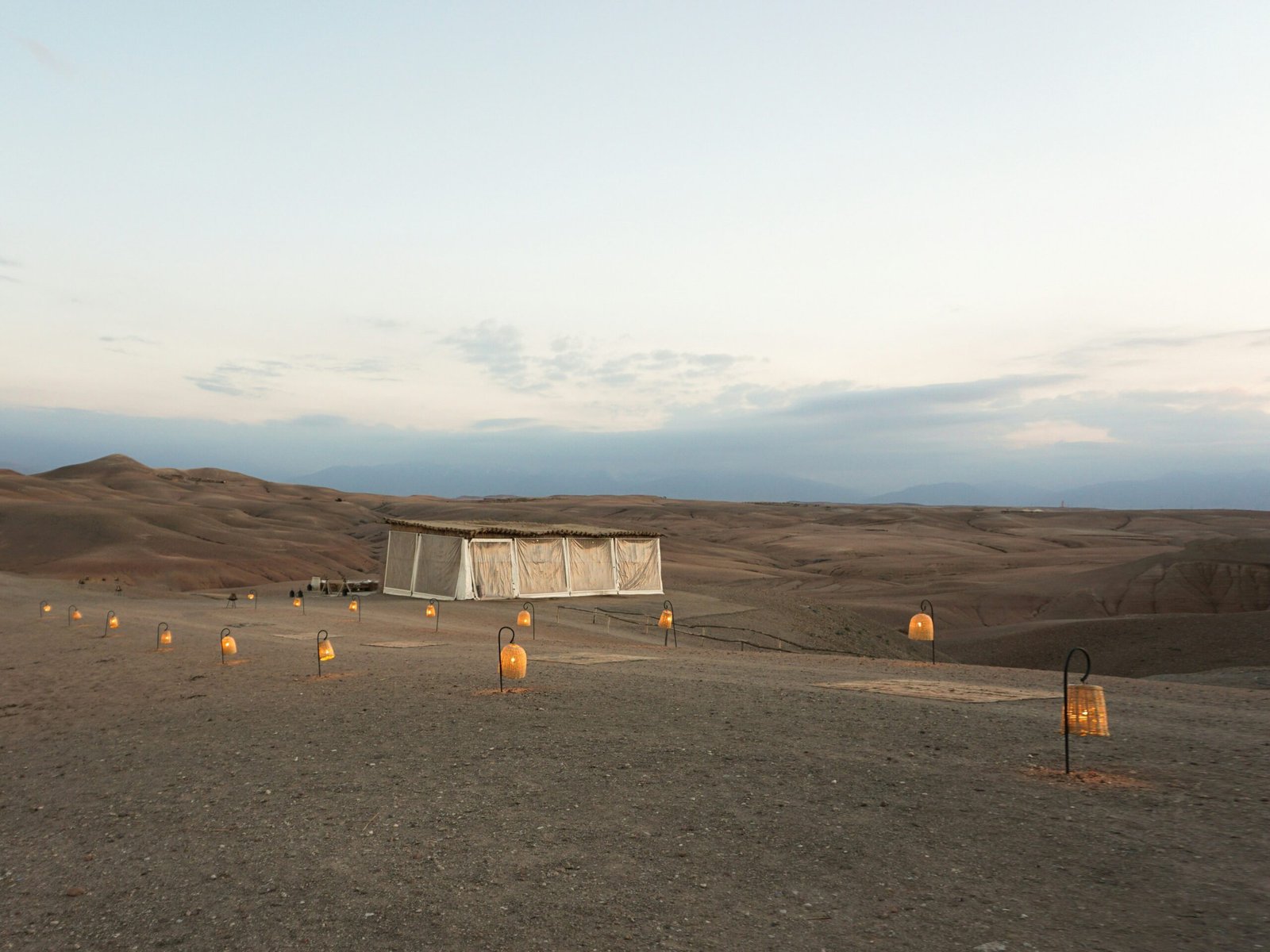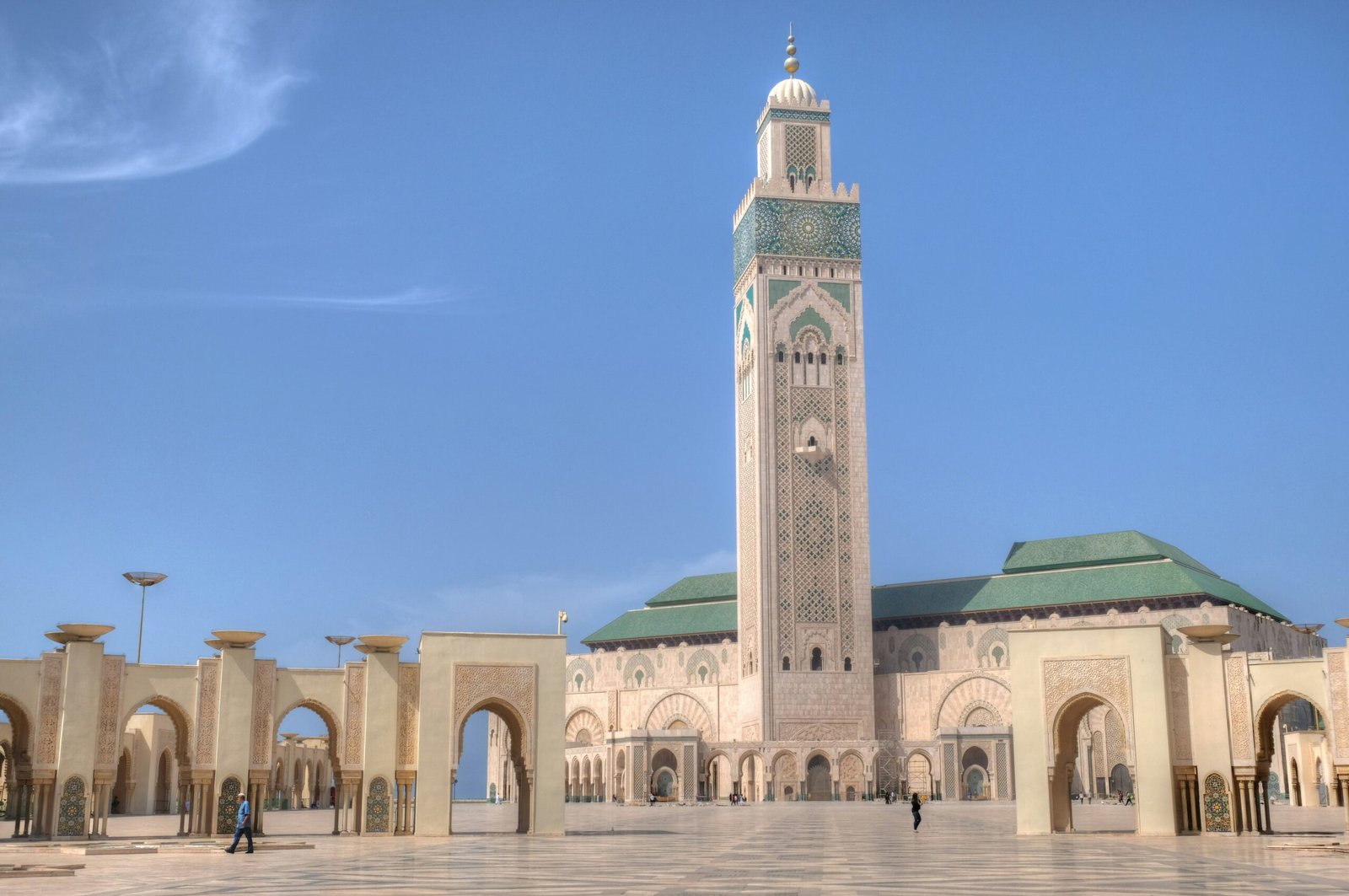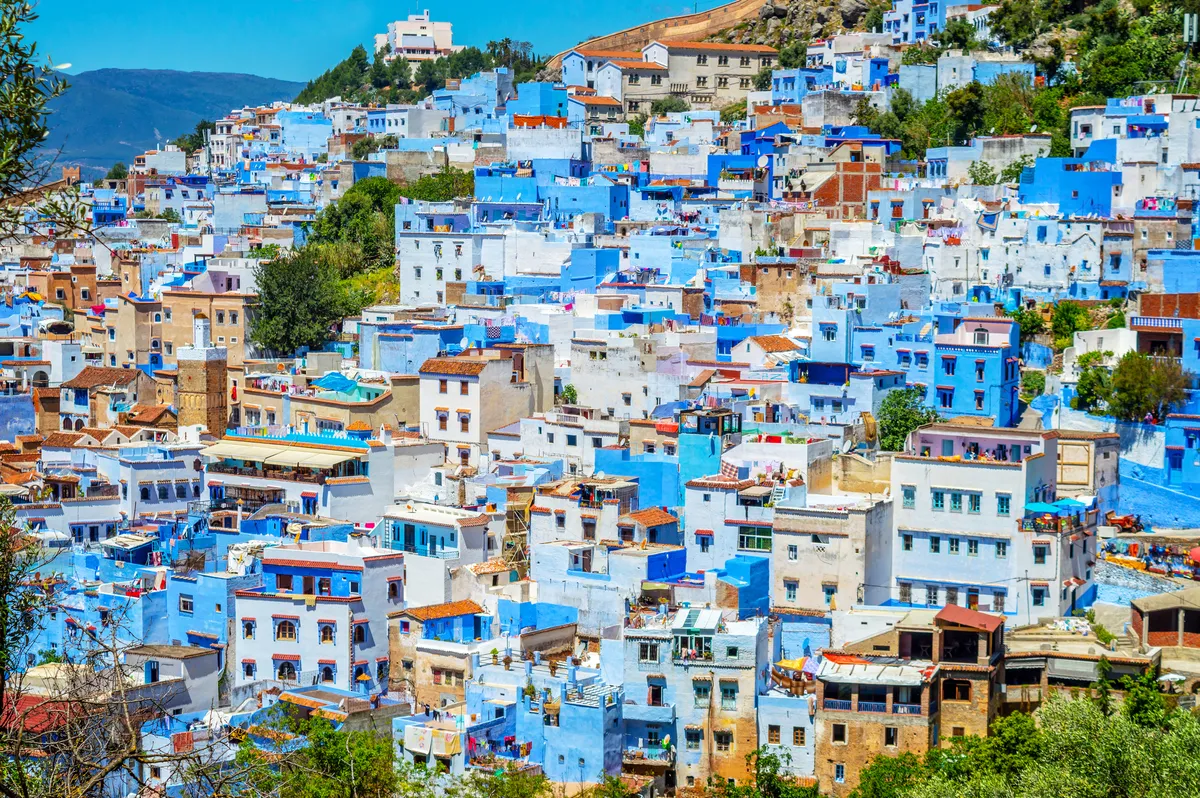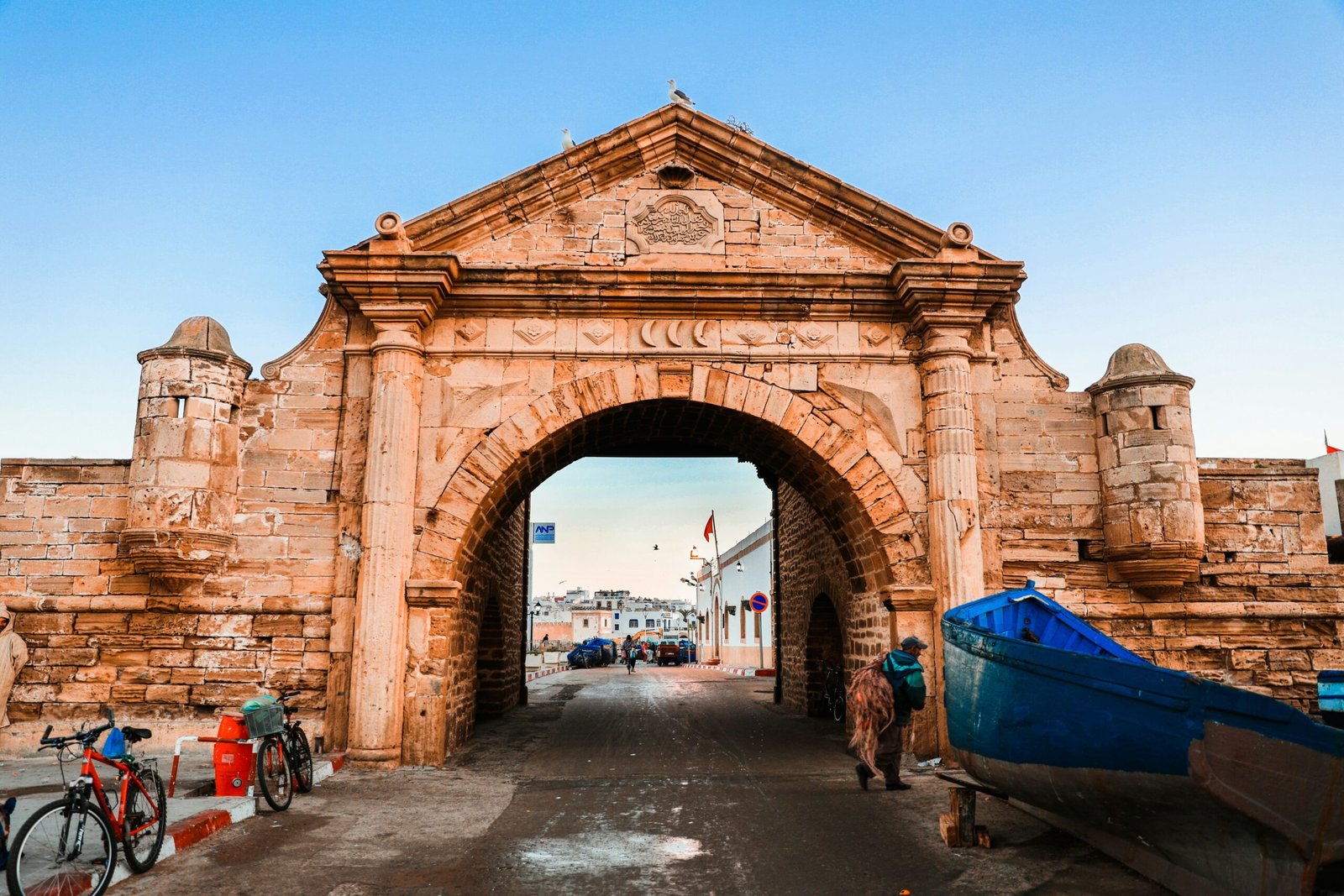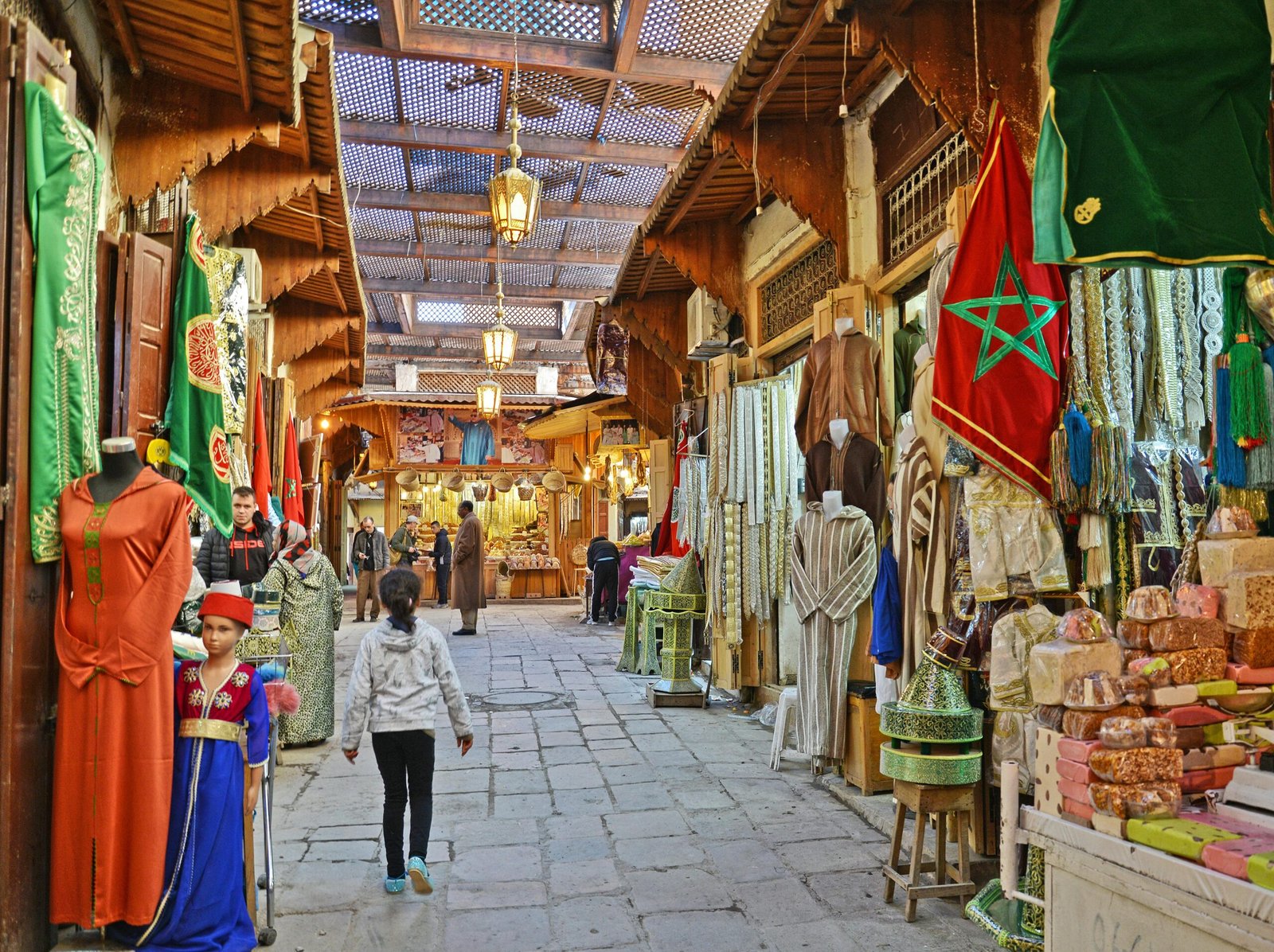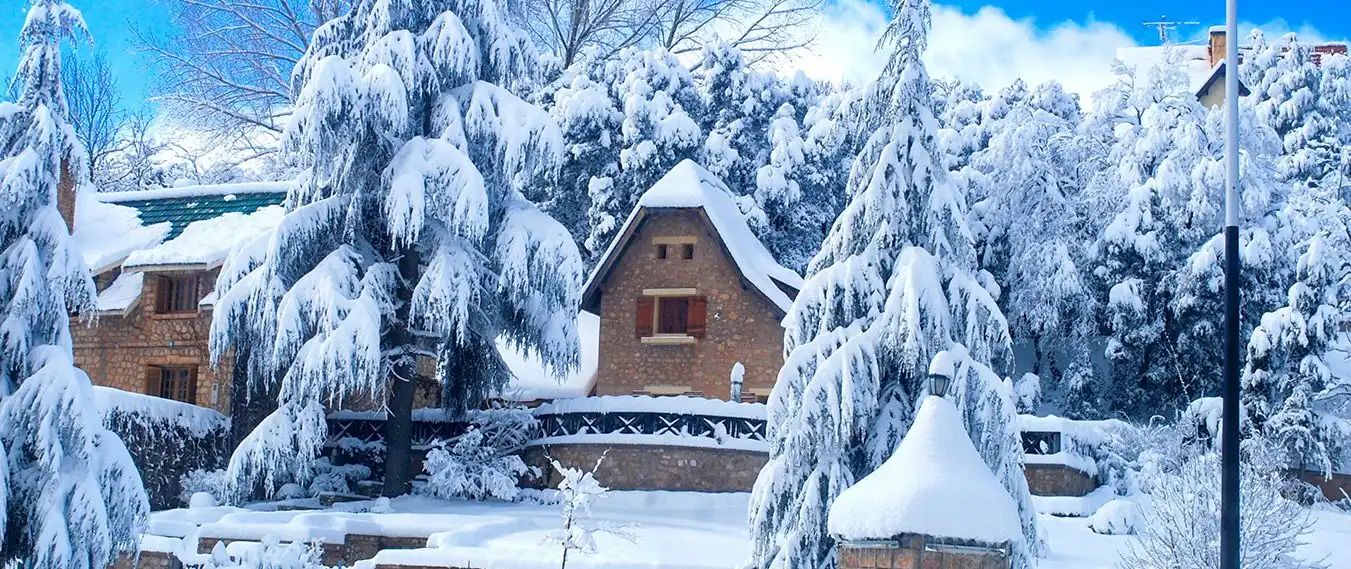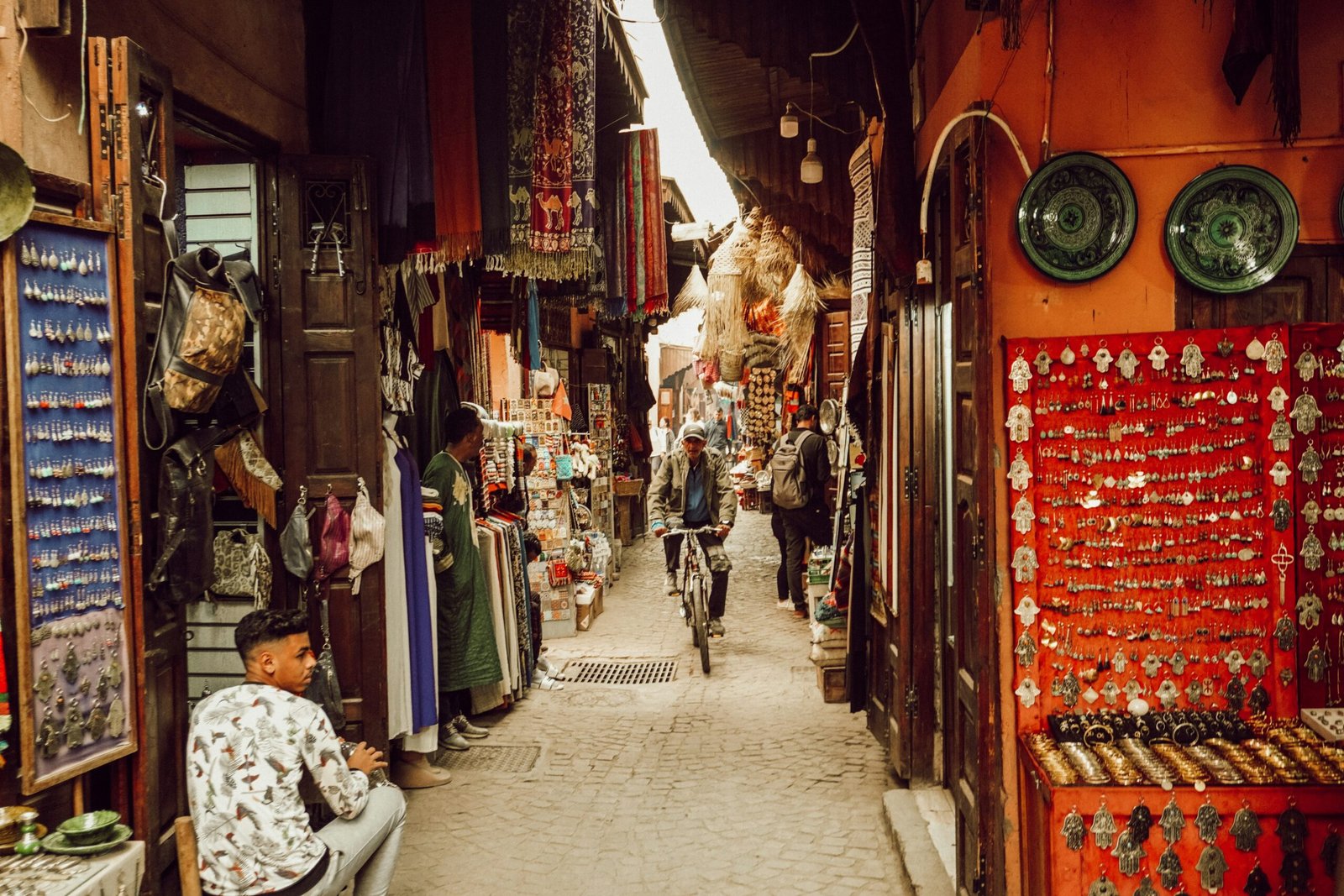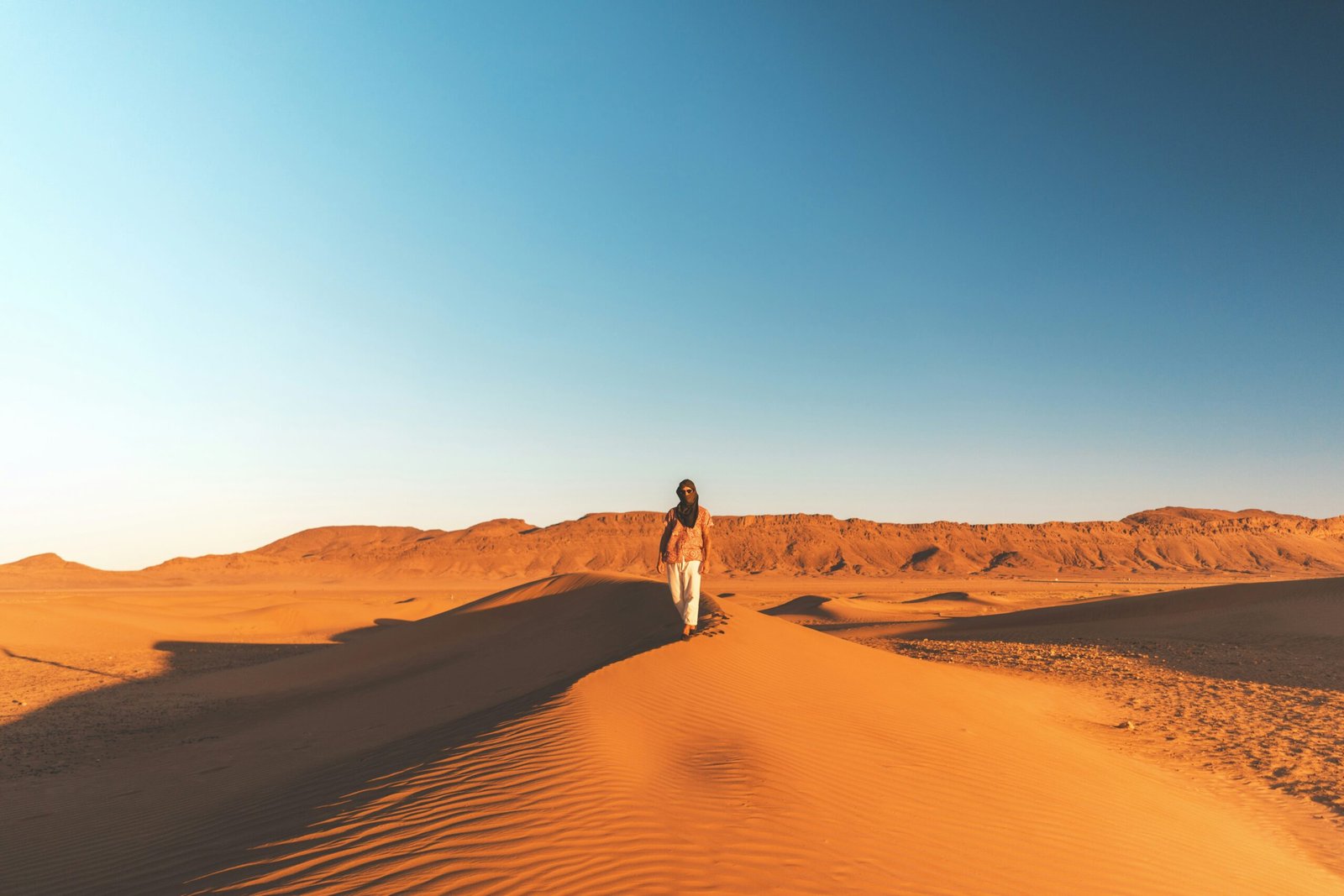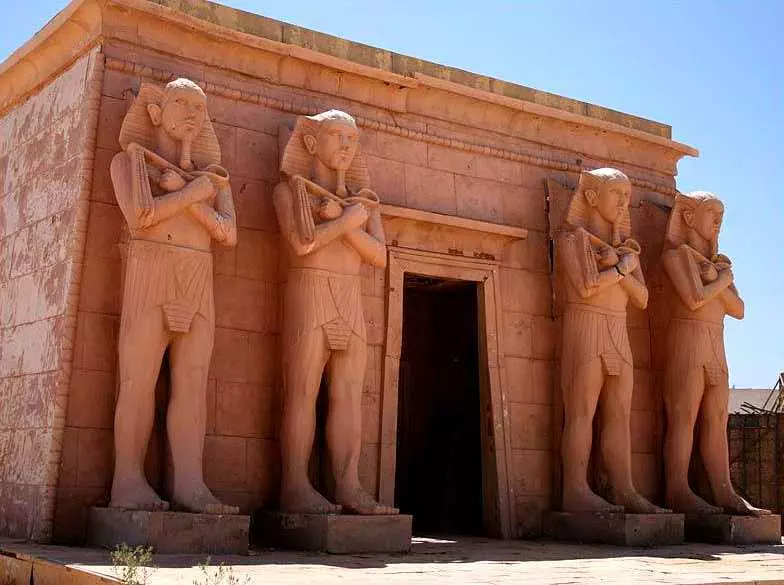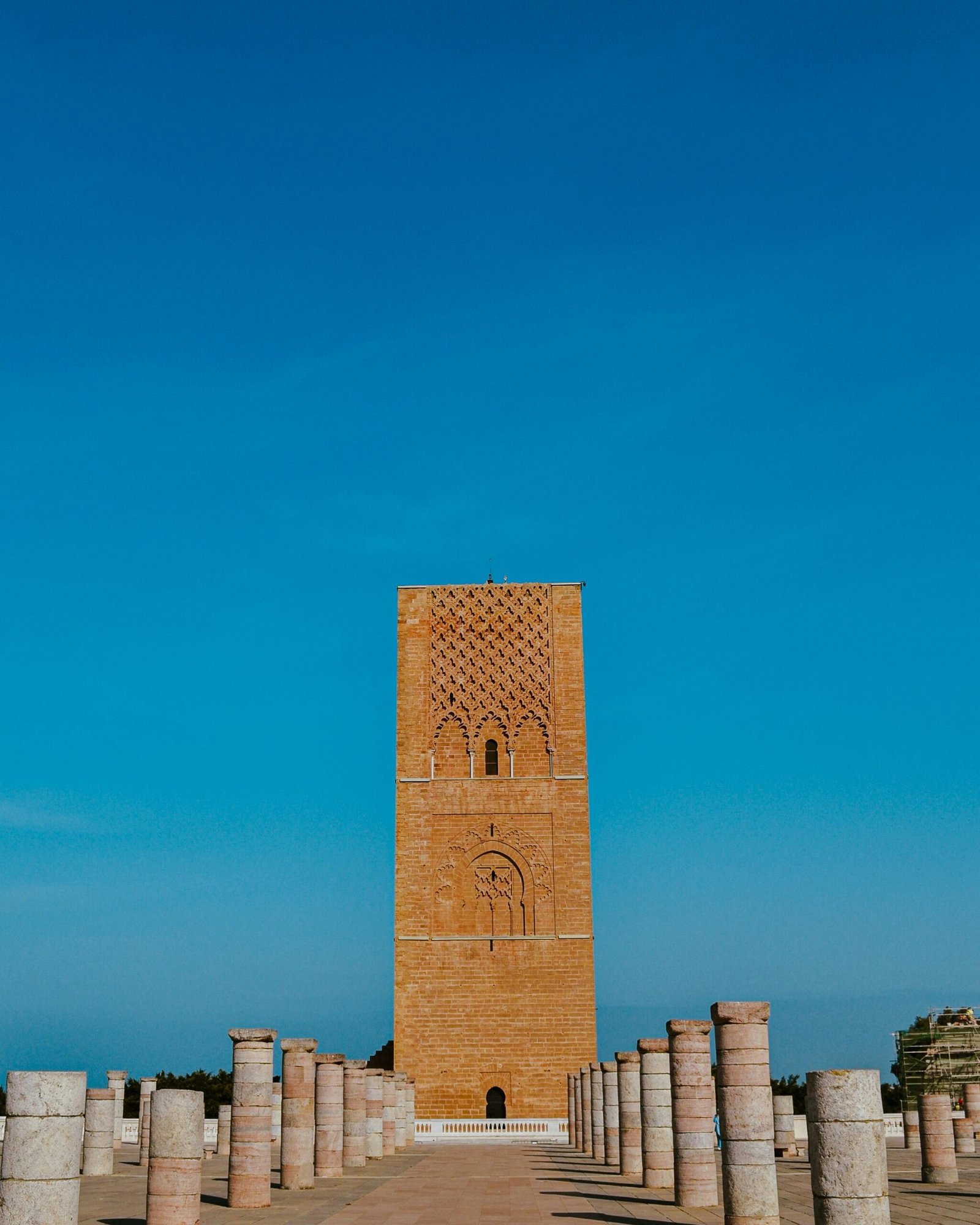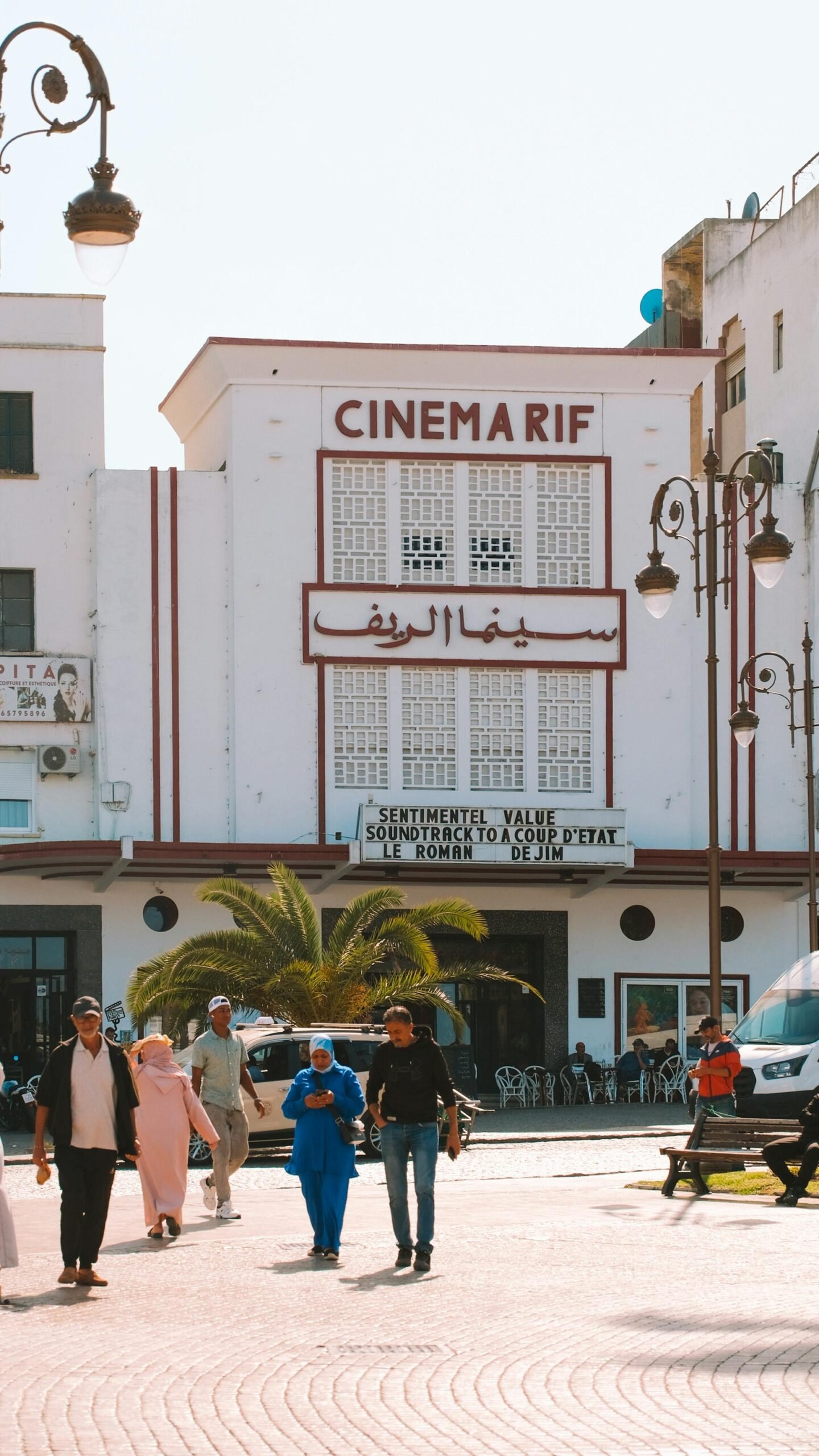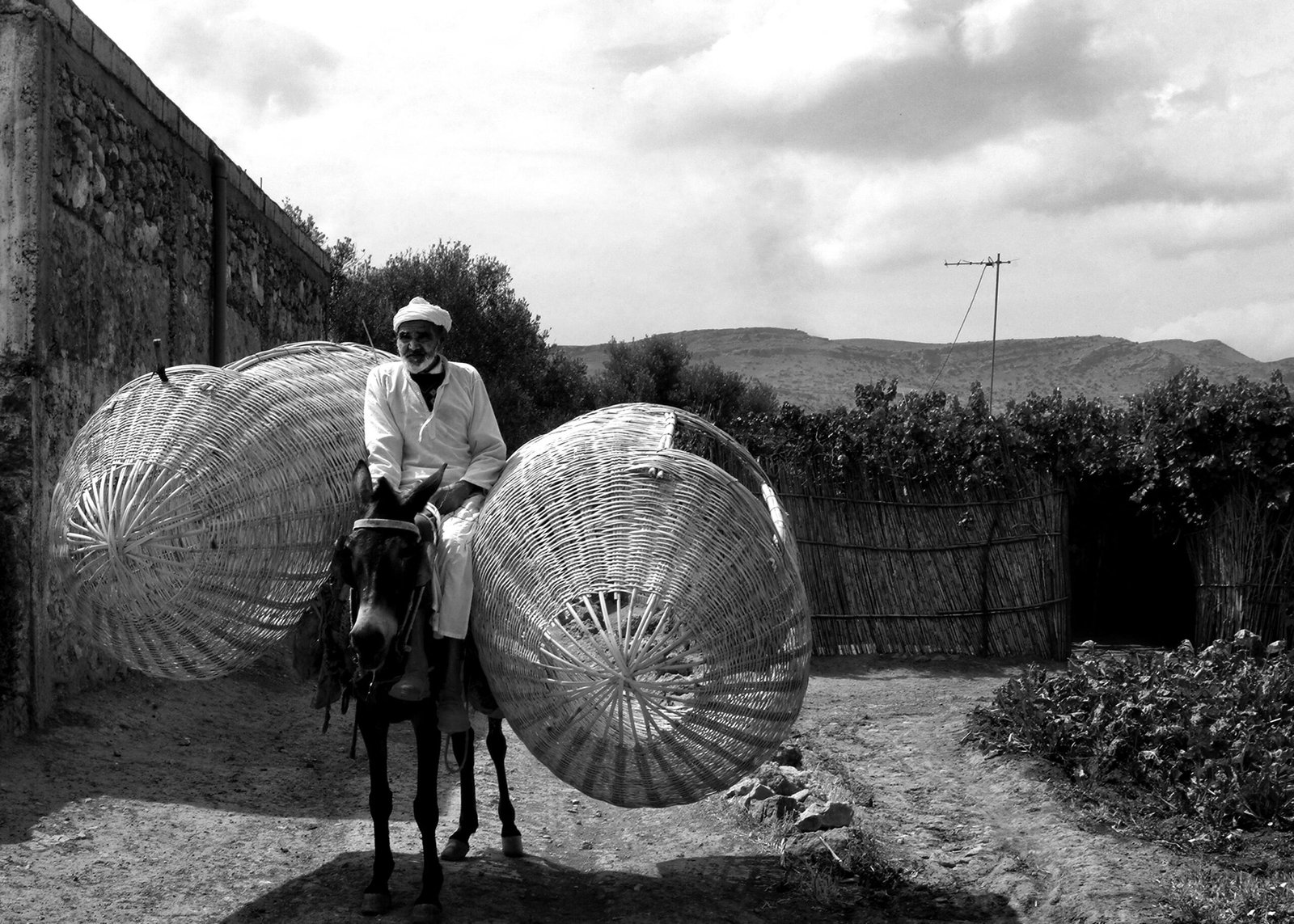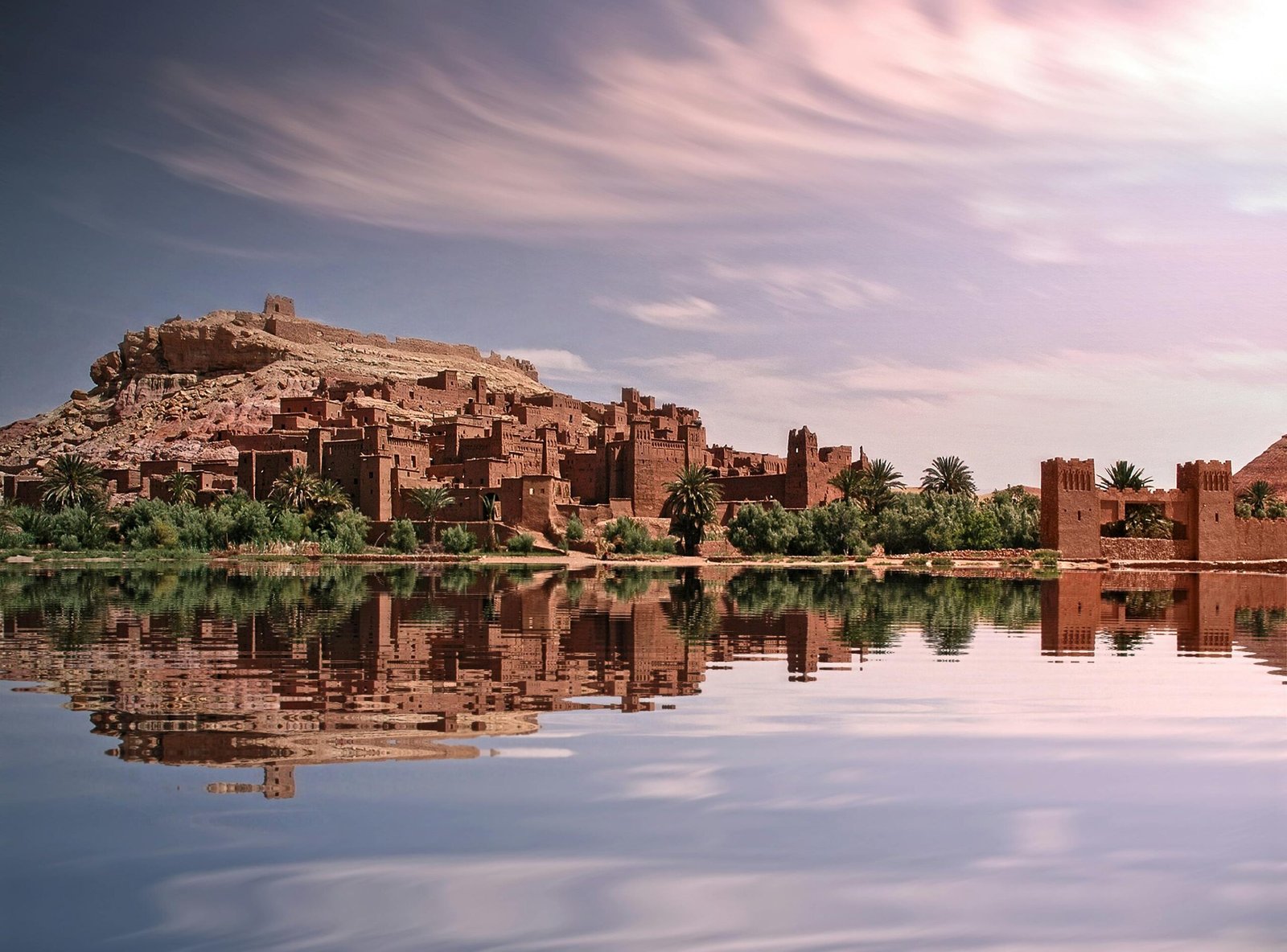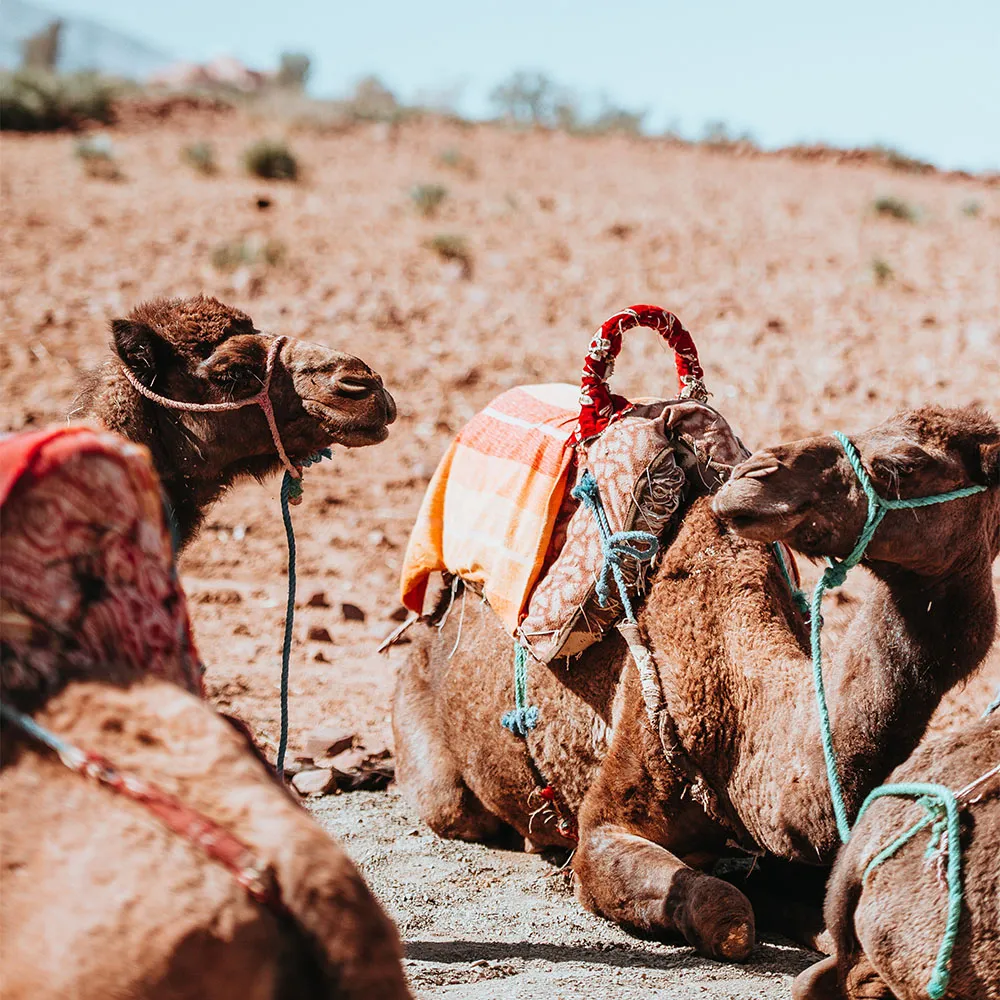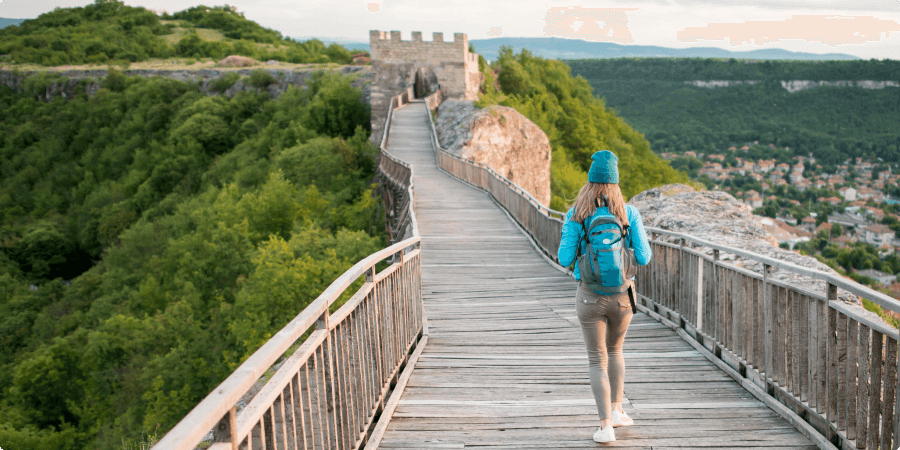During your visit to Morocco with Morocco Dunes agency, we will explore several historical monuments, including the fascinating Kasbahs and Ksours. These structures offer a glimpse into the rich history and architectural heritage of the region.
Kasbahs: Fortified Homes of the Notables
Kasbah Overview:A Kasbah is a higher building, typically fortified and built with a square plan featuring four corner towers. Constructed from unbaked clay, Kasbahs were designed to accommodate notable families. This type of habitat originates from Berber culture, known as “tighremt” in the Berber language. The term “kasbah” was introduced during the arrival of Arab and French citizens in the region in the 1920s. The oldest Kasbahs date back to the 18th century, with some possibly originating in the 17th century. However, most Kasbahs are less than a hundred years old as they were primarily built in the pre-Saharan valleys.
Kasbah Telouat:Located near the small Berber village of Telouet in the High Atlas, Kasbah Telouat held significant importance due to its position on the route of merchant caravans and proximity to salt mines. Built in 1860 by the Glaoua family, the Kasbah was later expanded in the early 20th century by Thami El Glaoui. Legend has it that 300 workers labored for three years to decorate its ceilings and walls, featuring finely carved stucco, tiled walls, and painted cedar ceilings. Learn more about Kasbah Telouat.
Ksours: Fortified Villages
Ksar Overview:A Ksar (plural: Ksours) is a fortified village comprising many houses surrounded by a wall and protected by watchtowers. These villages include tens or even hundreds of houses and a central place for festivities. Ksours often have one or more monumental entrances, sometimes intricately decorated. Ksours are generally older than Kasbahs, with some being millennia old, though many were built by nomadic tribes in the 19th century. Some Ksours even contain one or more Kasbahs within their walls. Ksours are more numerous in the eastern valleys, while Kasbahs dominate the western region.
Ksar El Khorbat:Ksar El Khorbat is a historical Ksar built from mud in the 19th century and recently restored. Half of the houses in El Khorbat are still inhabited, while others have been repurposed for various functions, including a guest house, museum, and women’s craft workshop. Located 50 km east of Tinerhir in the lower Toudgha region, this Ksar provides a unique insight into traditional Moroccan architecture and community life. Discover Ksar El Khorbat.
The Historical and Cultural Significance
These Kasbahs and Ksours are not only architectural marvels but also represent the rich cultural heritage and historical significance of southern Morocco. They showcase the ingenuity of Berber and nomadic tribes in creating sustainable habitats in harsh environments.
Plan Your Visit
Explore the historical and architectural wonders of Kasbahs and Ksours with Morocco Dunes. Whether you’re interested in the intricacies of ancient fortifications or the vibrant history of nomadic tribes, our tours provide an immersive experience into the heart of Morocco’s past.

